La cuina dels genis. The cooking of the geniuses. Nick discovers the Catalan dishes and landscape that inspired Gaudi, Picasso, Miro and Casals.
I’m holding a large loaf that I’ve just hollowed out, it’s now filled with herring, roasted tomatoes and garlic and a very great deal of olive oil.
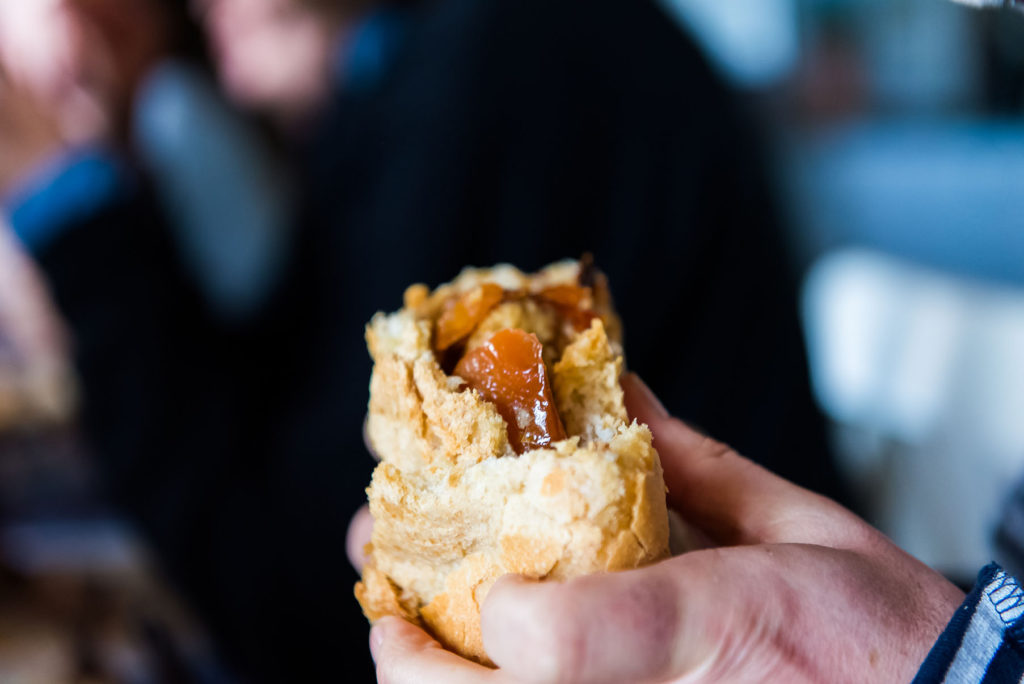
Biting into it I temporarily lose sight of the beautiful convent at the foot of the mountain across the fields from the village of Horta de Sant Joan in Catalunya.
Bread completely fills my vision and olive oil runs down my sleeves. Now this is what I call a sandwich.
La Clotxa is a traditional lunch for the workers of Horta. Back in the day it would have been eaten by workers in the olive groves around the village.
And it would almost certainly have been eaten by a young man who was staying there, noted for his piercing black eyes and a habit of constantly sketching in the fields and in the mountains.
Pablo Picasso came to Horta twice. First in 1898 aged 18 for six months to recuperate from scarlet fever by staying with his best friend Manuel Pallares’ parents. ‘With my mother’s chicken stock and some fresh air, you’ll feel a lot better soon!’ Manuel assured him.
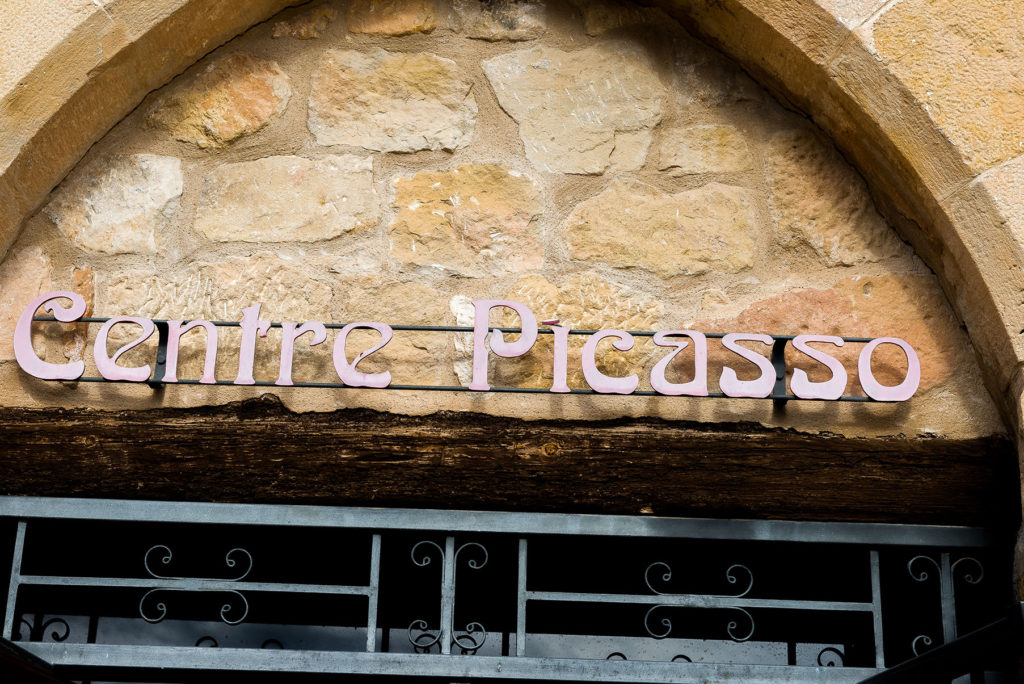
A few years later, recovered and now a fully-fledged artist, he returned from Paris with his girlfriend Fernande. Locals were not sure what scandalised them the most – the fact that the couple weren’t married, or Fernande’s’outrageous’ Paris fashions. Horta is where Picasso began to develop cubism; he later said ‘everything I know I learned in Horta’, influenced by the houses like cubes he observed staggering up the hill.
These, Fernande, the mountain and the convent all appear in his paintings that can be seen (reproductions only) in the modest museum made from the ancient village hospital.
I’ve come here as part of a Catalan tourist board initiative to combine art and food through four Catalan geniuses – Picasso, Miro, Gaudi and Casals.
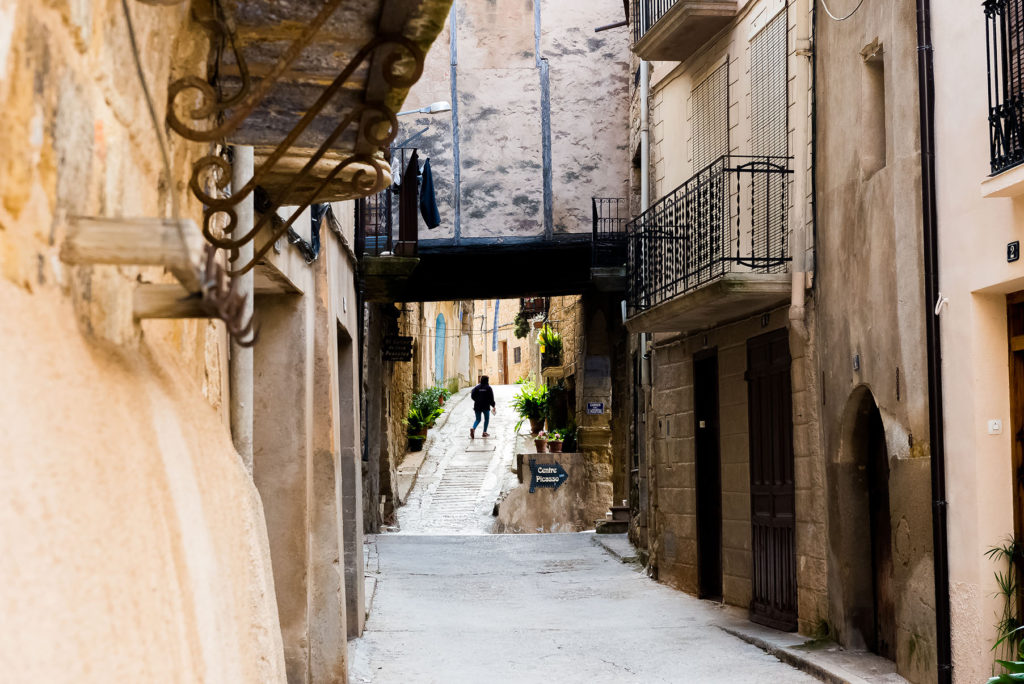
You can visit the places they were associated with and at the same time take in some wonderful food and wine. And believe me, there’s a lot of great food and wine in this region.
Take this Identitat olive oil for example. Made by the same family for five generations using environmentally sound methods, you can book in to do a tutored tasting in the original 13th Century Horta building, try some local wines and make yourself the staggering sandwich.
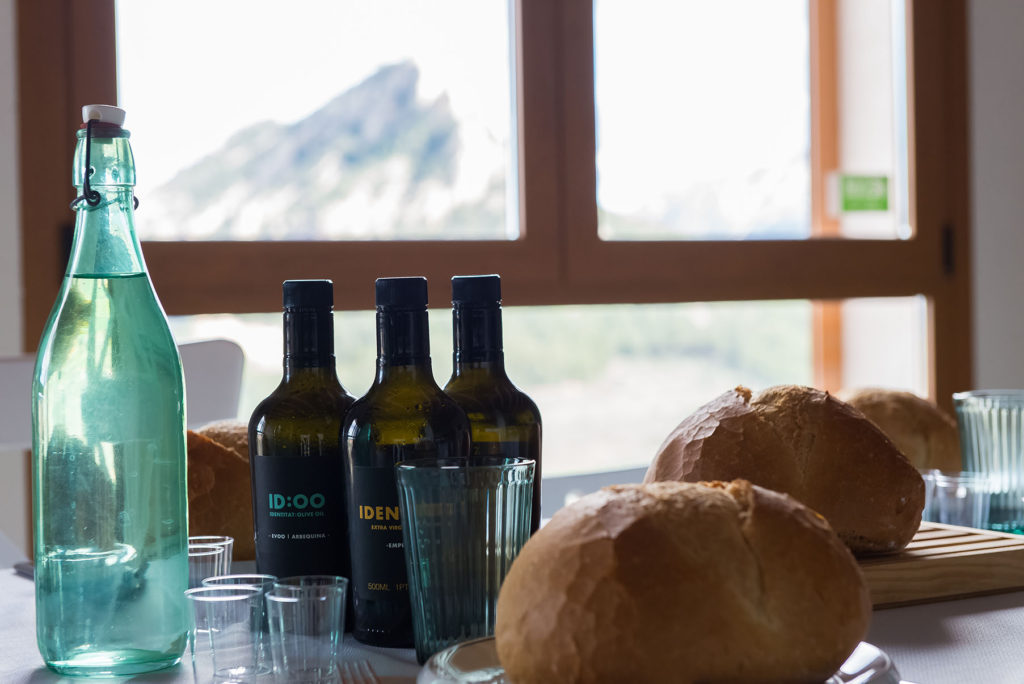
Toni Beltran is the current family boss. As he walks me through the old dark underground mill rooms I wait for him to reveal the ancient stone wheels they use to crush the olives to maintain tradition and justify the price. I’ve done olive producer visits before, you see.
He laughs.’We don’t do all that! We use a state of the art stainless steel centrifuge.’ He points out that had his ancestors had access to such machinery they would definitely have used it too.
The stone wheels are romantic sure, but the centrifuge gets more of the oil out and with consistently better quality too. And that’s what we are after.’I buy a bottle of his lovely grassy, peppery, oil and set off for the distant Convent de Sant Salvador, taking the same dusty road Pablo walked.
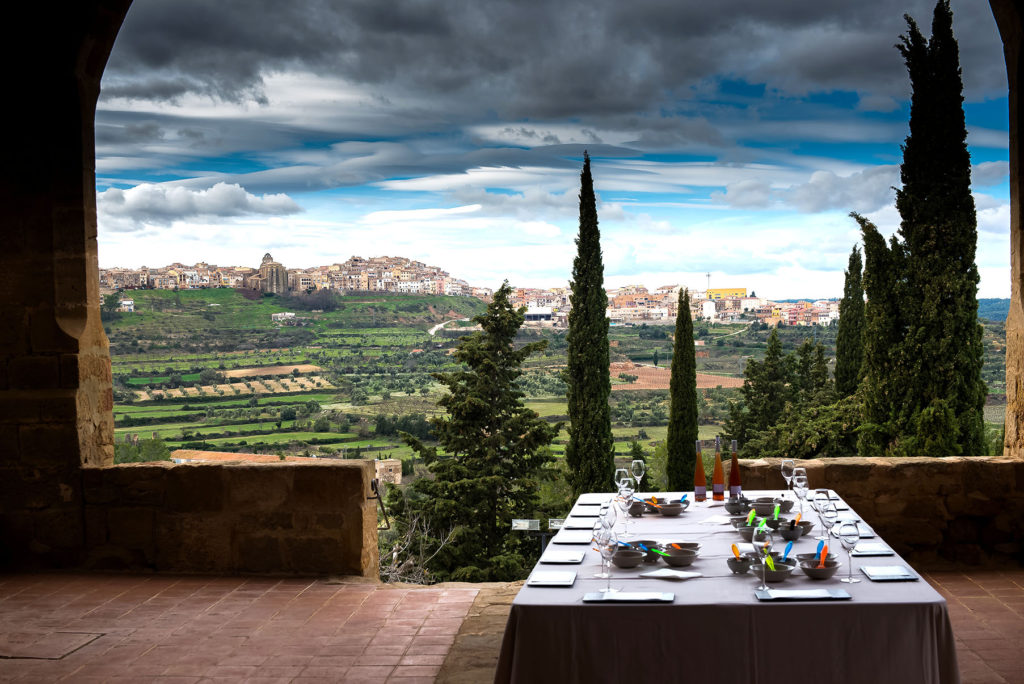
It’s not far from the village and a pleasant stroll.I clamber up steep steps to the entrance where I can look back, gasping slightly, at Horta, which is a stunning view.
Here there’s a tasting of the wines of the Les Vinyes del Convent winery close by.
When they tell me the grapes used in their Lola Bel rose are Hairy Grenache I first assume something has got lost in translation, but in fact the grape gets its name from the hairy leaves of the vine.
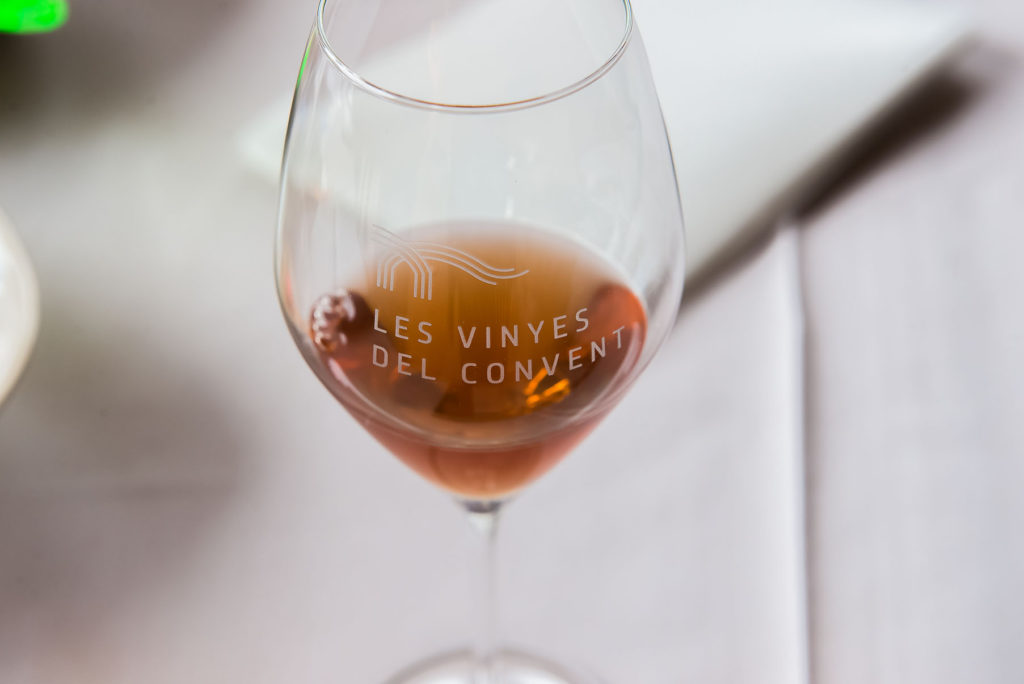
It’s native to the region and makes a low alcohol, refreshing wine.
They are into what they call’wine archaeology’ here, bringing back grape varieties in danger of disappearing. Another one is High Grenache, a sub-variety of red Grenache and Moscatel de AlejandrÃÂa, and a small grain red Moscatel grape which was virtually extinct.
They also make Lo Presbiteri from overripe Moscatel, Garnacha Blanca and Garnacha Tinta. A powerful 15.5%, aromatic dessert wine that’s not too sweet
The world today doesn’t make sense, so why should I paint pictures that do? ”
Picasso
With enough of that on board to fuel me I head to Reus, the birthplace of the architect Gaudi.
Unprepossessing city outskirts give way, as they so often do in Spain, to a marvellous largely pedestrianised ancient city centre of small lanes and alleyways dotted with buildings by architects of the Gaudi school.
Pausing to take in the entertaining and informative Gaudi Centre, he really was a mad genius, I then head off to discover the other thing that Reus is famous for – its restaurants, its wines and above all its vermouth.
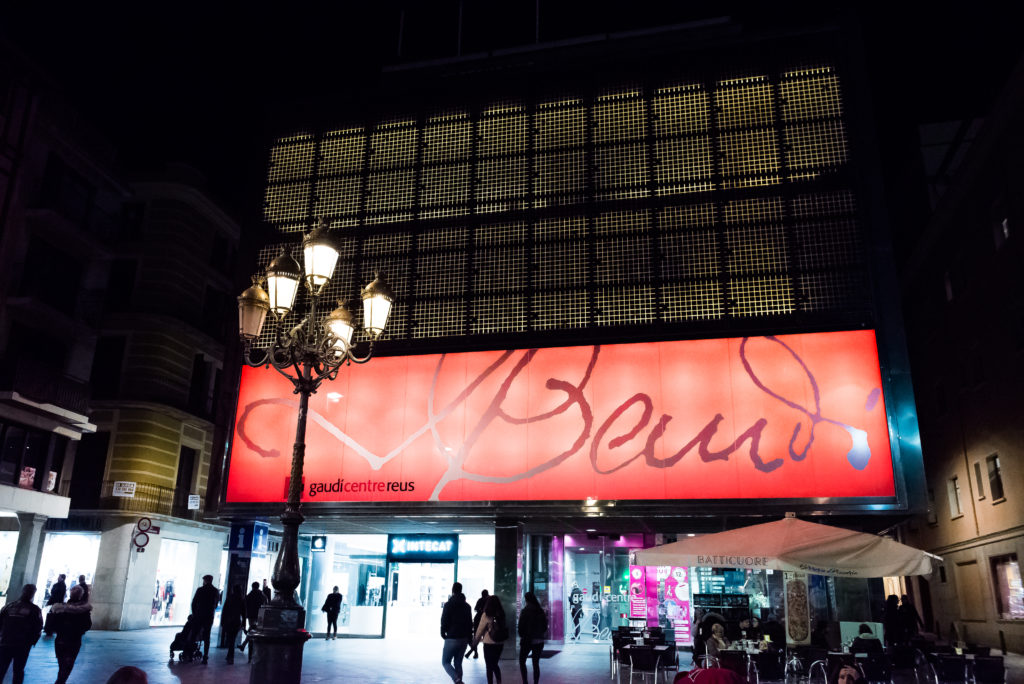
Vermut de Reus is experiencing something of a renaissance and being drunk by cool young Catalans in an increasing amount. You might argue it’s a French drink, but you don’t want to try that in Reus.
Reus in fact pioneered vermut and in 1892 Joan Gili registered the first brand of vermut here. Thirty companies grew up in the town soon after, each competing to produce the best.
Made from wine, alcohol and a combination of aromatic plants, it’s still made to the traditional method, but the number of producers has dropped, leaving their old centrally located factories to be used for other purposes.
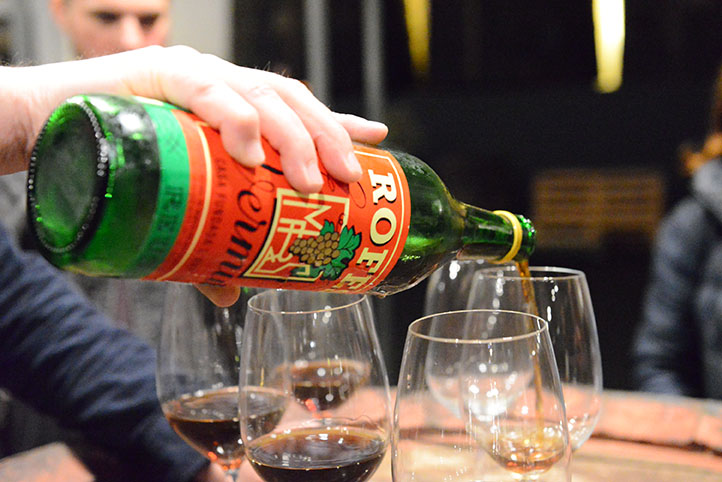
The old Massa Liquor Distillery was designed by the architect Pere Caselles and built in 1920. Today it’s a space for art, music, cinema and theatre and has a vermut coffee shop.
To drink more Vermut I follow the Reus Vermut Route and head to the Museu de Vermut. Another old vermut factory, it’s been beautifully converted to a bar now packed with vermuts and vermut memorabilia, and the old yard where the wagons once rolled in is now a chic restaurant.
Encouraged by several glasses, each with a few local olives bobbing about inside, I bob and weave to Restaurant Vermuts Rofes.
As the name suggests it is indeed a restaurant, but it’s also another old factory where once one of Reus’s best vermuts was made. During the Spanish Civil War the factory was bombed and apparently Vermut was running in the gutters from the smashed barrels that the Vermut was aged in.
The family has preserved the remainder of those massive wooden barrels and kept them in the large space they once dominated.
Here they hold events and parties and I get to try various of the family’s vermuts as aperitifs.
The other half of the building is now a smart restaurant where I eat jamon, of course, marvellous croquettes, a delicate fish stew and tempura hake before heading unsteadily home.
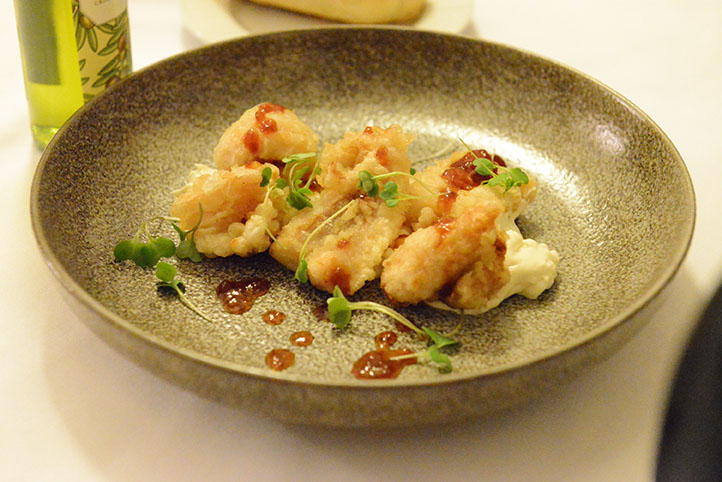
I’m so worn out by my day, I sleep through the sound of the cathedral bell the next morning, even though it’s only about a hundred metres from my hotel room.
No rest for the wicked though. First a trip to the Sanctuary of Our Lady of the Rock, where Joan Miro loved to paint the dizzying chapel of Sant Ramon seemingly magically perched on its top, journeying there from his parent’s house nearby and now a fascinating museum of his work.
“The painting rises from the brushstrokes as a poem rises from the words. The meaning comes later.”
Juan Miro
I get my strength back by heading into the small restaurant on the rock to eat a typical Catalan breakfast of sliced meats, cheese, tomatoes on bread, a bowl of nuts and raisins and a messy amount of coarse red wine poured in the general direction of my mouth via a Peron
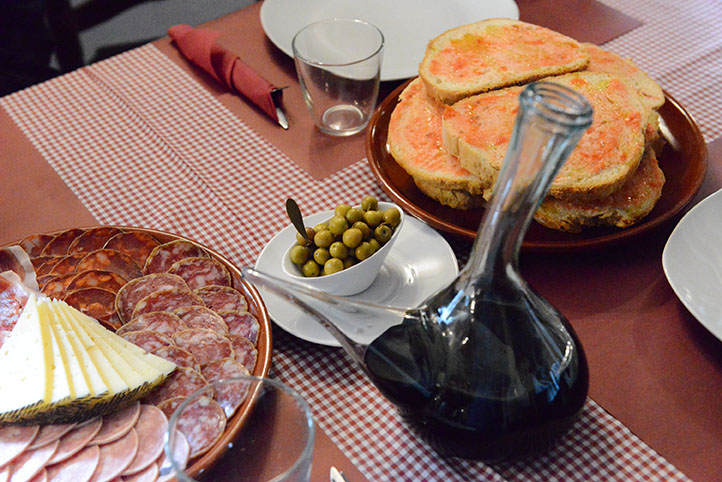
Then finally to El Vendrell to visit the villa of the brilliant cellist Pau Casals, before taking a masterclass in making the Catalan dish Xato with local chef Jordi Guillem.
To make Xato, which is technically a sauce, you take local almonds, hazelnuts, breadcrumbs, vinegar, garlic, olive oil, salt, and nyora pepper and pound it all to a rich paste.
Then you toss it into.an endive salad rich with anchovy, tuna and salted cod. Oh, and add some tortilla slices too. It is remarkably delicious.
The geniuses certainly rang a bell with the Catalan tourist board who, for the food side of things, invited eighteen top Catalan chefs to create dishes inspired by the four geniuses.
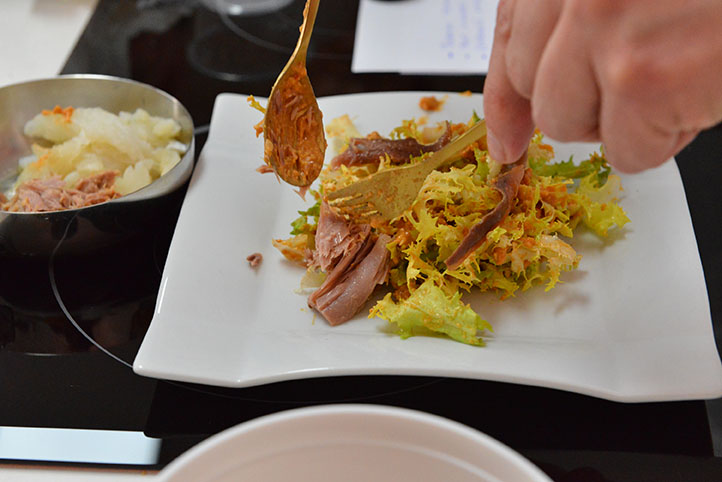
That night I was lucky enough to try miniature versions of them all in one place for the launch, but the restaurants involved will have them on their menus all year.
Sampling all eighteen is another great motivation to travel all over the Catalonia region, not that you need much.
Sea, mountains, fertile plains, rice fields, the vineyards and the olive groves. Catalonia is packed with wonderful places all easily accessible from Barcelona
All the dishes and where you can find them are here.
Read more about the artist side of Geniuses route here
The Landscape of the Geniuses website has further information on the project, the geniuses, the route, activities to do in the area as well as information on the cuisine of the geniuses.
Thanks to the Catalan Tourist Board for organising the trip.
